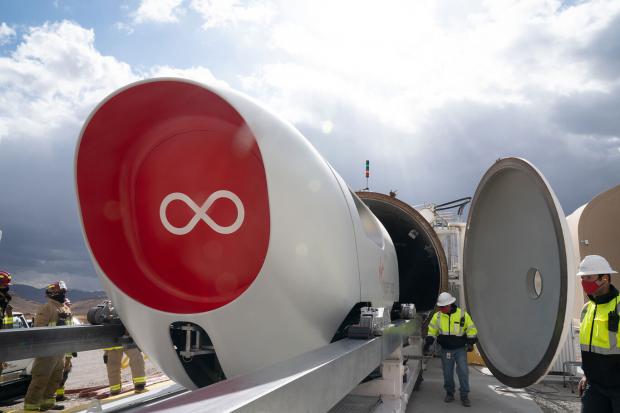
Breaking News
 Battleborn Batteries Responds! Their Overheating Device is a "Feature" not a "Problem
Battleborn Batteries Responds! Their Overheating Device is a "Feature" not a "Problem
 Actor Liam Neeson Outs Himself as MAHA After Narrating Pro-RFK Jr. Documentary Slamming...
Actor Liam Neeson Outs Himself as MAHA After Narrating Pro-RFK Jr. Documentary Slamming...
 Kyle Rittenhouse announced on social media Wednesday that he has tied the knot.
Kyle Rittenhouse announced on social media Wednesday that he has tied the knot.
 JUST IN: President Trump Grants Tina Peters Pardon
JUST IN: President Trump Grants Tina Peters Pardon
Top Tech News
 Build a Greenhouse HEATER that Lasts 10-15 DAYS!
Build a Greenhouse HEATER that Lasts 10-15 DAYS!
 Look at the genius idea he came up with using this tank that nobody wanted
Look at the genius idea he came up with using this tank that nobody wanted
 Latest Comet 3I Atlas Anomolies Like the Impossible 600,000 Mile Long Sunward Tail
Latest Comet 3I Atlas Anomolies Like the Impossible 600,000 Mile Long Sunward Tail
 Tesla Just Opened Its Biggest Supercharger Station Ever--And It's Powered By Solar And Batteries
Tesla Just Opened Its Biggest Supercharger Station Ever--And It's Powered By Solar And Batteries
 Your body already knows how to regrow limbs. We just haven't figured out how to turn it on yet.
Your body already knows how to regrow limbs. We just haven't figured out how to turn it on yet.
 We've wiretapped the gut-brain hotline to decode signals driving disease
We've wiretapped the gut-brain hotline to decode signals driving disease
 3D-printable concrete alternative hardens in three days, not four weeks
3D-printable concrete alternative hardens in three days, not four weeks
 Could satellite-beaming planes and airships make SpaceX's Starlink obsolete?
Could satellite-beaming planes and airships make SpaceX's Starlink obsolete?
Virgin Hyperloop explains how passenger pods will travel at 670mph...

Virgin Hyperloop's cutting-edge technology can 'comfortably, safely and quietly' shuttle customers along at speeds of up to 670 miles per hour, according to a new promo video from the transportation start-up.
A clip released on Monday explains how passenger pods accelerate through a near-vacuum via electric propulsion, gliding along without actually touching the track thanks to magnetic levitation that limits aerodynamic drag.
According to the promo, the company's proprietary design makes it ten times faster than the fastest mag-lev trains operating today in in Japan, China and South Korea.
'It unveils details on our 'smart vehicle, dumb road' commercial system architecture,' a representative said of the clip, 'including the on-board levitation engines, propulsion engines, and high-power batteries that have never been publicly shown.'
It also sings the praises of the trains as an efficient, economical and sustainable mode of transportation with zero carbon emissions.
Virgin Hyperloop's 670 mph speed is ten times faster than a typical commercial train and three times as fast as current high-speed rail. (The top speed for Amtrak's Acela trains is about 150 mph.)
It's even faster than most commercial jets, which reach cruising speeds of about 460 to 575 mph.
Unlike commercial jets, the Hyperloop would have zero direct carbon emissions.
Hyperloop pods would travel in clusters but aren't connected like traditional railroad cars, and wouldn't have to be directed at the same destination.

 First totally synthetic human brain model has been realized
First totally synthetic human brain model has been realized Mach-23 potato gun to shoot satellites into space
Mach-23 potato gun to shoot satellites into space

